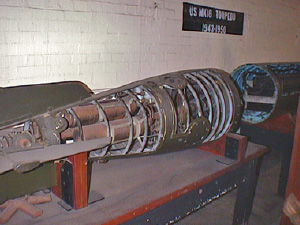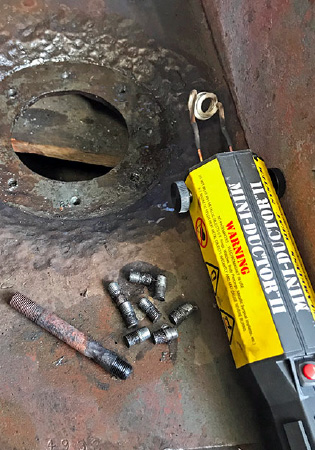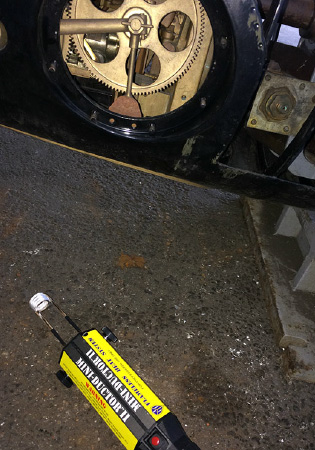Induction Heat Below the Surface: USS Pampanito

Submarines and torpedoes have been used in warfare since World War I. Unfortunately, it wasn’t until late 1943 that the U.S. Navy built a reliable torpedo. In early WWII, the Mark 14 was the torpedo of choice; however, it had fatal errors that made its impact highly uncertain – it wouldn’t always explode on impact. Because of this, the Mark 18 was born.
The USS Pampanito was a submarine used in WWII, which was later converted into a museum in 1981. The museum aims “to bring maritime history to life, and to make the USS Pampanito as complete and accurate to her 1945 configuration as possible.” The museum hosts more than 4,000 students in its day and overnight programs, as well as approximately 100,000 visitors annually.
Based on Pampanito’s war patrol reports, she fired more Mk 18 electric torpedoes than Mk 14 steam torpedoes during the war, which was typical during 1944 and 1945. When Pampanito became a museum, there was one Mk 14 torpedo aboard. Though the restoration crew searched for years to find Mk 18s, the search proved difficult because very few Mk 18s were saved after they were withdrawn from service in 1950. They were successful in locating 11 Mk 14s that are now on board the museum and three that remain on shore. It wasn’t until 2006 that the Pampanito received the loan of a rare Mark 18 electric torpedo.
No More Open Flames
Maintaining the submarine as a non-profit museum is a huge challenge; the team is frequently disassembling equipment for the first time in more than 70 years. During the restoration, the team did not want to use a torch for fear of causing residual damage. Specifically, the Mk 18 had small (1/4-20) studs full of paint, which were especially hard to pick out and difficult to remove with a torch. They also did not want to use harsh chemicals during the repair because the masking would have been time consuming and the chemicals would be unpleasant to use.
In addition to removing paint-filled studs, the USS Pampanito museum also needed to remove incredibly old, rusted and frozen bolts on the Mk 18, so they turned to Induction Innovations for their specific needs. Induction donated equipment, including the Mini-Ductor, which met all the unique requirements to heat the studs and break down the paint on multiple parts and types of machinery with no noticeable damage to nearby paint.
See for Yourself

This photo from maritime.org shows the remnants of 8 bolts that had their head rusted off and were frozen. The Mini-Ductor was used to heat the bolts, enabling them to be removed without using a gas torch. This is the bottom carriage of a Bofors 40mm gun.

This photo from maritime.org shows the Mini-Ductor next to the Mk 18 torpedo. The torpedo was powder-coated including welded studs. They used the Mini-Ductor to break down the paint on the studs with minimal damage to the coatings around them.
Our induction heating tools aren’t just for use on cars. We’re proud to play a role in the restoration of important historical vehicles and equipment through the donation of our tools such as the Mini-Ductor II and Mini-Ductor Venom.
Think an induction heating tool can help with your unique project? Contact us to learn more.
Contact us to learn more about using induction heat for historical restoration and preservation

